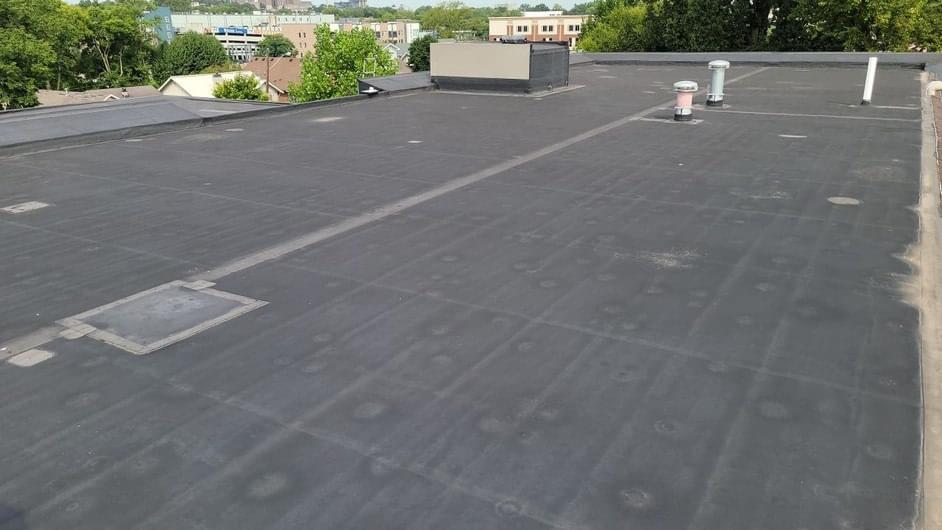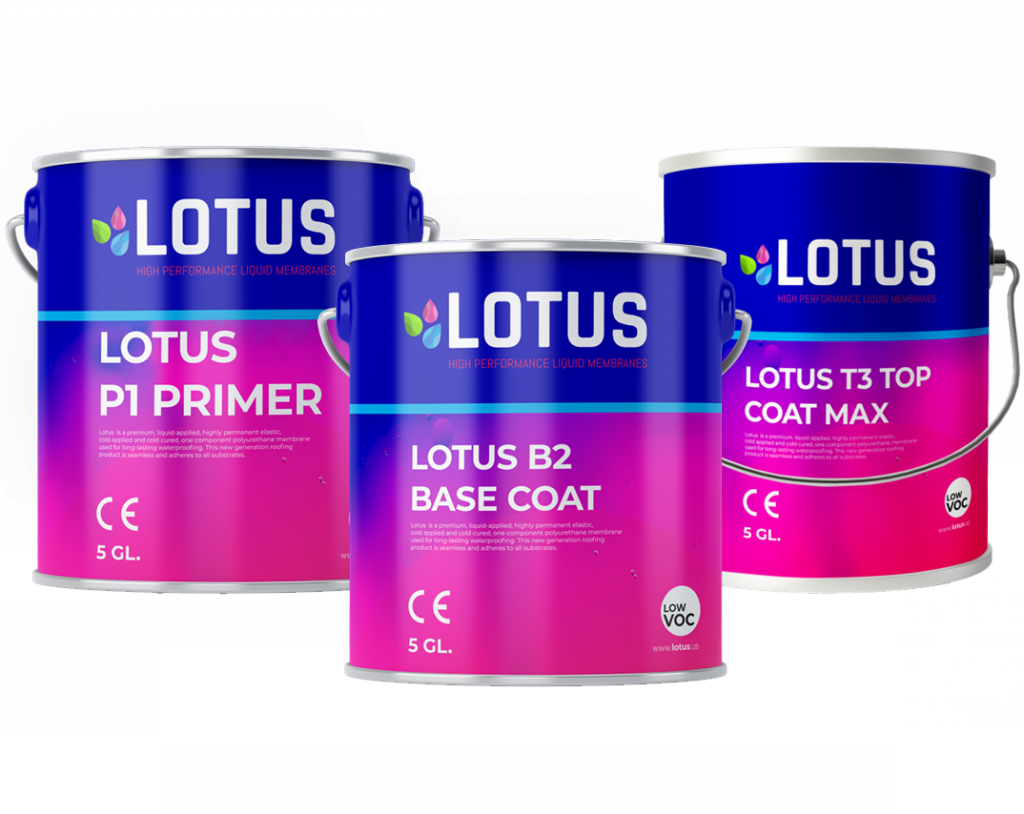About Us
Advanced Roofing Technologies, your dependable partner for durable, efficient, and affordable flat roofing solutions. Protecting your home, one roof at a time.
Instant Quote Instant QuoteContact Info
- 950 W Venango Street
Philadelphia PA 19140 - 267-277-2124
- [email protected]
- Week Days: 09.00 to 18.00
Sunday: Closed
EPDM Roofing
- Services
- EPDM Roofing

EPDM, which stands for Ethylene Propylene Diene Monomer, is a synthetic rubber roofing membrane widely used in the construction industry. It is known for its exceptional durability, weather resistance, and ease of installation.
EPDM roofing membranes are available in large sheets, typically black in color, and can be fully adhered, mechanically attached, or ballasted during installation. The seams of EPDM membranes are typically sealed using adhesives or specially formulated tapes, ensuring a watertight barrier.
EPDM membranes have excellent resistance to UV radiation, ozone, and extreme weather conditions, making them highly durable and long-lasting. They can withstand temperature fluctuations, making them suitable for a wide range of climates.
One of the key advantages of EPDM roofing membranes is their flexibility and ability to accommodate building movement and structural settling. This flexibility helps prevent cracking and damage to the membrane, even in situations where the roof experiences significant temperature variations or structural changes.
EPDM membranes are known for their low maintenance requirements. They are resistant to microbial growth, require minimal cleaning, and have a long service life without the need for frequent repairs or replacements.
EPDM roofing systems have been used for decades and have a proven track record of performance and reliability. Their longevity can vary depending on factors such as installation quality, maintenance practices, and exposure to environmental conditions.
EPDM roofing membranes provide a durable, cost-effective, and reliable solution for low-slope and flat roofs, offering long-term protection against the elements and peace of mind for building owners.
Pros and Cons of EPDM Roofing
When weighing the pros and cons of EPDM roofing, it's crucial to take project-specific factors into account, including climate, budget, and maintenance capabilities. Seeking guidance from Advanced Roofing Technologies offers valuable insights and assist in determining whether EPDM is the ideal solution for your roofing requirements.
| Pros | Cons |
|---|---|
| Durability: EPDM roofing membranes are highly durable and can withstand a wide range of weather conditions, including extreme temperatures, UV radiation, and hail. They have excellent resistance to tears, punctures, and abrasions, making them a long-lasting roofing option. | Limited Color Options: EPDM roofing membranes are primarily available in black, which can absorb heat and contribute to higher cooling costs. However, lighter-colored coatings can be applied to mitigate this issue. |
| Cost-Effective: EPDM roofing is generally more affordable compared to other roofing materials. The installation process is relatively straightforward, and the material itself is cost-effective, providing good value for the investment. | Vulnerability to Solvents and Oils: EPDM roofs can be sensitive to certain solvents and oils, which can cause the material to deteriorate over time. Care should be taken to avoid contact with these substances. |
| Low Maintenance: EPDM roofs require minimal maintenance. They are resistant to mold, algae, and rot, and can be easily cleaned with basic cleaning agents. Routine inspections and prompt repairs can help prolong the lifespan of the roof. | Susceptible to Mechanical Damage: While EPDM roofs are highly durable, they can still be vulnerable to punctures and damage from sharp objects or heavy foot traffic. Regular inspections and preventive measures can help minimize the risk of damage. |
Lifespan of EPDM Roofing
The lifespan of EPDM (Ethylene Propylene Diene Monomer) roofing can vary depending on several factors, including installation quality, maintenance practices, and environmental conditions.
Proper installation is crucial for maximizing the lifespan of an EPDM roof. When properly installed and maintained, EPDM roofing membranes can have a lifespan of 25 years or more. Regular inspections, prompt repairs when necessary, and adherence to manufacturer guidelines for maintenance can help extend the life of the EPDM roofing system. This may include removing debris, checking for any signs of damage or wear, and ensuring proper drainage to prevent ponding water.
What Is Better Than EPDM Roofing?

The Lotus High-Performance Product Line presents a compelling case for being a better roofing solution compared to traditional EPDM roofing. With its pure elastomeric hydrophobic resins, Lotus B2 Base Coat offers outstanding durability and resistance to mechanical, chemical, thermal, UV, and natural elements.
Unlike EPDM, Lotus B2 Base Coat forms a seamless membrane without joints, eliminating weak points and potential leakage issues. The ease of application with options for roller, squeegee, or spray machine further adds to its appeal, ensuring efficient and hassle-free installation for roofing professionals.
One of the key advantages of the Lotus High-Performance Product Line is its crack-bridging ability of up to 2 mm, even at temperatures as low as -10˚C. This flexibility ensures the roofing membrane can withstand temperature fluctuations and structural movements without compromising its performance. The versatility of the Lotus product line is another point of distinction, as it adheres excellently to various surfaces such as concrete, metal, and wood.
The Lotus High-Performance Product Line is designed to withstand harsh weather conditions, including exposure to UV rays, ensuring its longevity and resistance to weather-related damage. With over 15 years of positive feedback and proven performance worldwide, Lotus B2 Base Coat has garnered a strong reputation for its reliability and effectiveness.
The product's ease of repair is another crucial advantage. Even if the membrane sustains mechanical damage, it can be promptly and easily repaired locally, reducing downtime and potential long-term consequences. As a roofing solution that excels in durability, seamless application, and repairability, the Lotus High-Performance Product Line presents a compelling option for roofing professionals seeking a superior alternative to EPDM roofing.

